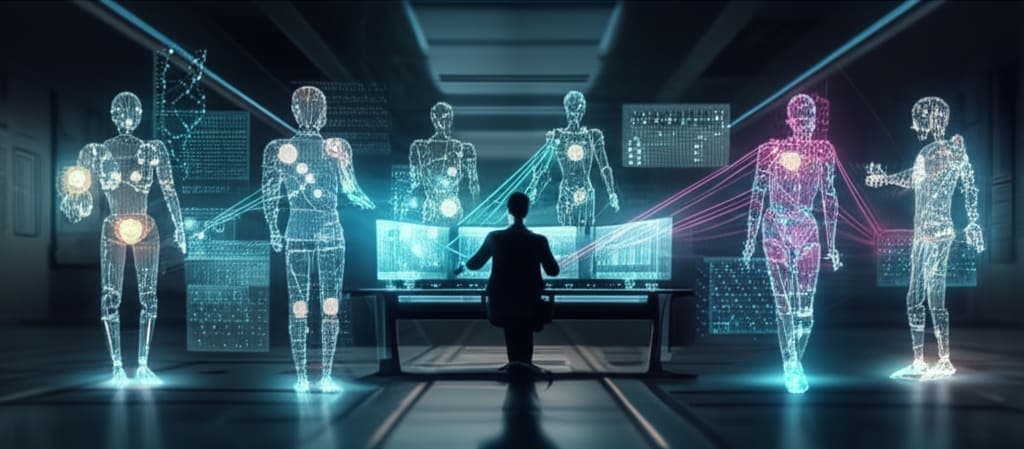How AI Models in 2025 Are Changing the Developer Game
October 28, 2025
·57 views

How AI Models in 2025 Are Changing the Developer Game
AI isn’t just a buzzword anymore — in 2025, it’s becoming the developer’s secret weapon. Models like GPT‑5, Qwen3 and others are redefining how we code, build and solve problems. Let’s dive into what’s new, why it matters, and how you as a developer can leverage these changes.
🚀 What’s New in AI Models This Year
1. Multimodal models with ultra-long context
Models now understand text, images, audio and even video in one conversation. For instance:
- Qwen3 supports text + images + video input. :contentReference[oaicite:4]{index=4}
- OpenAI’s GPT-5 brings deep reasoning and multimodal capacity. :contentReference[oaicite:5]{index=5}
These capabilities mean your tools can see your designs, hear your voice commands and read your code comments.
2. Open-weight models and democratized AI
Platforms are releasing large models with openly available weights so you can fine-tune or run locally. Example: GPT‑oss‑120b and GPT‑oss‑20b from OpenAI make powerful AI accessible beyond big labs. :contentReference[oaicite:9]{index=9}
That means as a developer you can customize AI to your domain, not just rely on “black-box” models.
3. Real-world benchmarks & usage
The latest Stanford HAI AI Index shows measurable improvements in reasoning, coding and broader impact. :contentReference[oaicite:11]{index=11}
What this means: You’re no longer guessing about AI’s usefulness — it’s proven.
🧠 Why Developers Should Care
- Faster prototyping: With multimodal inputs, you can show a screenshot, type a comment, and get functionally complete code suggestions.
- Better collaboration: Teams can integrate AI models into tooling for code reviews, documentation, design to code workflows.
- Domain-specific AI: Open weights + fine-tuning = your own model tailored to your stack (Next.js, MongoDB, SaaS).
- Future-proof skillset: Learning how to work with AI models is the next big growth area for devs & freelancers.
🔧 How to Get Started as a Developer Today
Step 1: Pick a model
Research models like Qwen3, GPT-5, Claude 4. See which offers access or APIs.
Step 2: Build a mini-project
For example: integrate a model to generate boilerplate Next.js API routes based on natural language.
Step 3: Fine-tune or prompt-engineer
- If weights are open: fine-tune with your own data.
- If API only: craft prompts to maximise output quality (e.g., context window, examples).
Step 4: Integrate into your workflow
Use model outputs in your portfolio projects (like your SaaS dashboards or ClassGuard app) to showcase AI-powered code generation or insights.
Step 5: Monitor costs & ethics
Multimodal models may demand GPU or cloud credits. Also keep an eye on bias, hallucinations and model limitations.
🏁 Final Thoughts
We’re at a key inflection point: AI models in 2025 aren’t just “helpful assistants” — they’re co-developers, designers and collaborators.
If you adopt them early and smartly, you can give your development workflow an edge and build more intelligent apps.
✨ The developers who master how to work with AI, rather than just use it, will lead the next wave of innovation.
Tags: ai, machinelearning, models, developers, futuretech, openai

